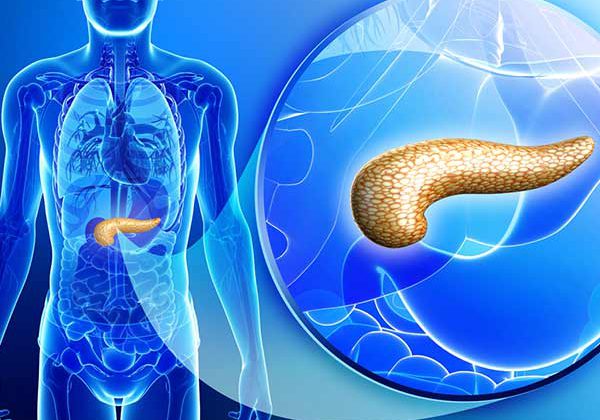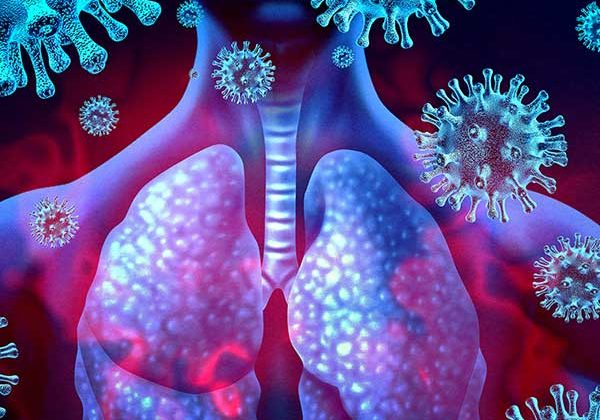Atanasio Soldati, an approach to Mondrian’s neoplasticism
by Professor Francesco Carelli
Atanasio Soldati, 1935 , tempere and charcoil on paper – neoplasticism
Atanasio Soldati was born in Parma, 24th August 1896, and in 1930s was a central figure of Italian abstractionism. In1920 graduated in architecture in Parma, moved to Milan in 1925. In 1931,he met the abstractionists Mario Radice e Mauro Reggiani. In January same year he holds a solo exhibition at the Gallery Il Milione, where, in March 1932, still exhibits with Bogliardi and Ghiringhelli. The following year, begins to confront with Cubism of Leger ( whom he met exactly at Il Milione ) e with Picasso. In his works of the period 1935 – 1936, are clear the traces left by Paul Kleee and Kandinskij, Vordemberg – Gildewart, Baumeister, who had exhibited exactly at Gallery Il Milione. In the period 1935 – 1936, in some paintings, he approaches the neoplasticism of Pietr Mondrian. Subsequently, after a mystical parenthesis, immediately after the War, he achieves his own expressive autonomy , consolidatinghis own poetry ideally close to Osvaldo Licini and Fausto Melotti.
He interrupted his activity as a painter to participate in the Resistance between 1943 and 1945. I was teaching at Academy of Brera in Milan between 1946 and 1948. In 1948, he gave birth to the Concrete Art Movement, together with Bruno Munari, Gillo Dorfles, and Gianni Monnet; the event that celebrates the official birth of he movement is the exhibition at the State Library in Milan, in December, the same year. Following a serious illness, he died in Parma, on 27th August 1953. He participated in the Quadriennale od Art in Rome in 1936 and at the Biennials of Art in Venice in the after -War period: 1948, 1950, 1952. Together with Alberto Magnelli, Anrico Prampolini and Mauro Reggiani, he can considered the pioneer of abstractionism in Italy. His first works are of a figurative nature, of a purist matrix, then he came to abstract research, starting from geometric shapes, with vivid and non – shading colors. Characterized by exact limits.




